Cherry of the Rio Grande


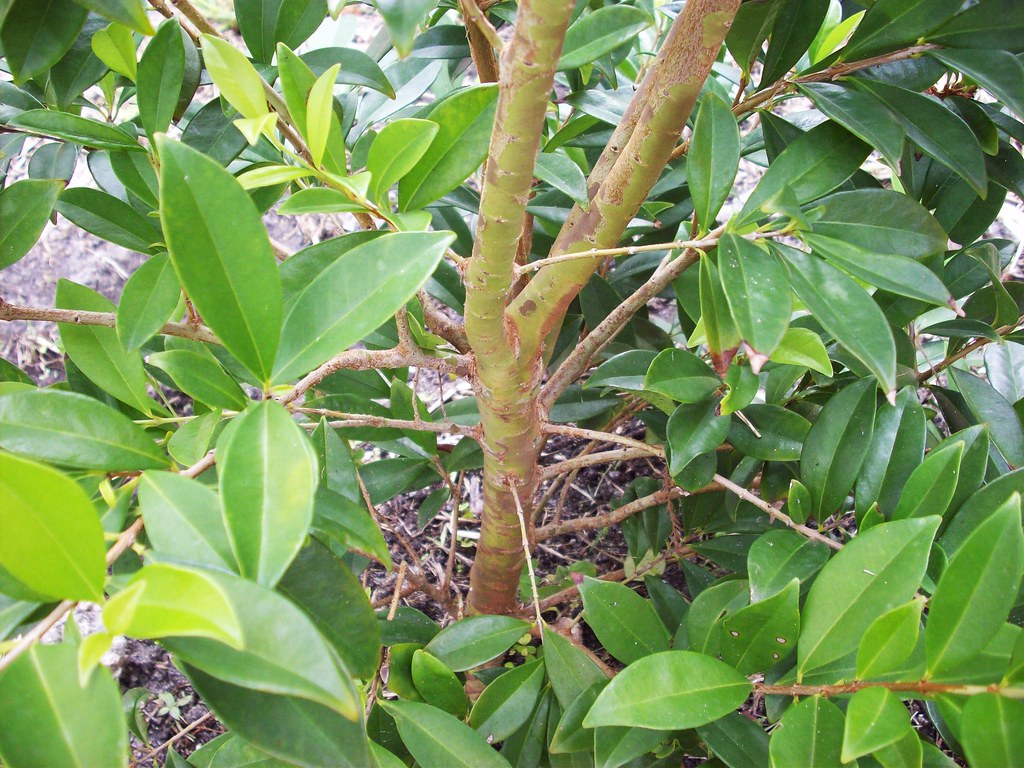
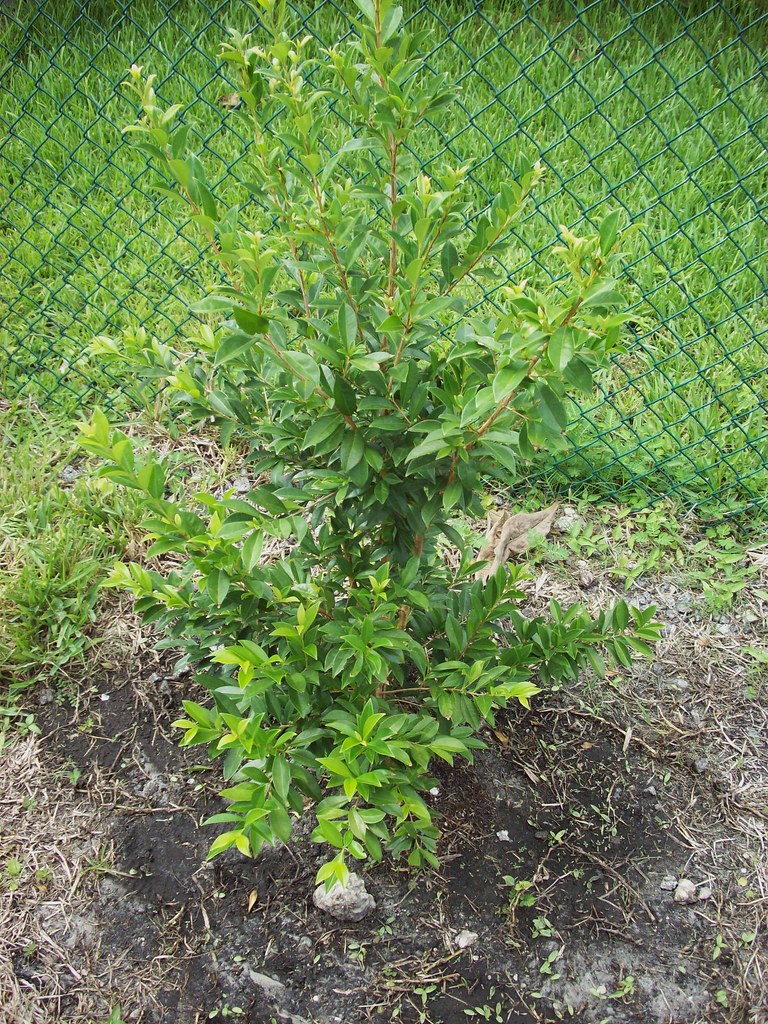
Family: Myrtaceae •
Genus: Eugenia •
Species: aggregata (Kiaersk) •
Country of Origin: Brazil •
Common Names: Cherry of the Rio Grande •
This is the species that is most like a cherry (Prunus spp.) This one I grew from seeds from the RFVC. It is in the ground now and growing fast. I can't wait for fruit. All the following species are native to Brazil. These cherry like fruits are each unique and super tasty.
Eugenia aggregata is a small evergreen tree or large shrub which commonly grows to about 15 feet. However, it may grow as high as 30 feet under favorable conditions. It has an upright, compact habit of growth and is very attractive, especially when in bloom. The smooth, glossy, dark green leaves are narrow elliptic, 2½ to 3 inches long and are borne on short, grooved petioles. The white flowers are solitary and are borne in the axils of opposite bracts from March to May.
The fruit is oblong to obovate, ¾ to 1 inch long, with a persistent calyx at the apex. The skin is thin and dark red or purple in color. The juicy flesh has a good, subacid flavor. It contains none or 1 to 2 white, rounded seeds, about ¼ inch in diameter. The fruit matures in April to June, about 3 weeks after the flowers open. Fruiting may occur in the third year after planting under favorable conditions but it often takes longer.
excerpt from http://edis.ifas.ufl.edu/MG044
Ubaias
 first photo by Lucia Passos
first photo by Lucia Passos
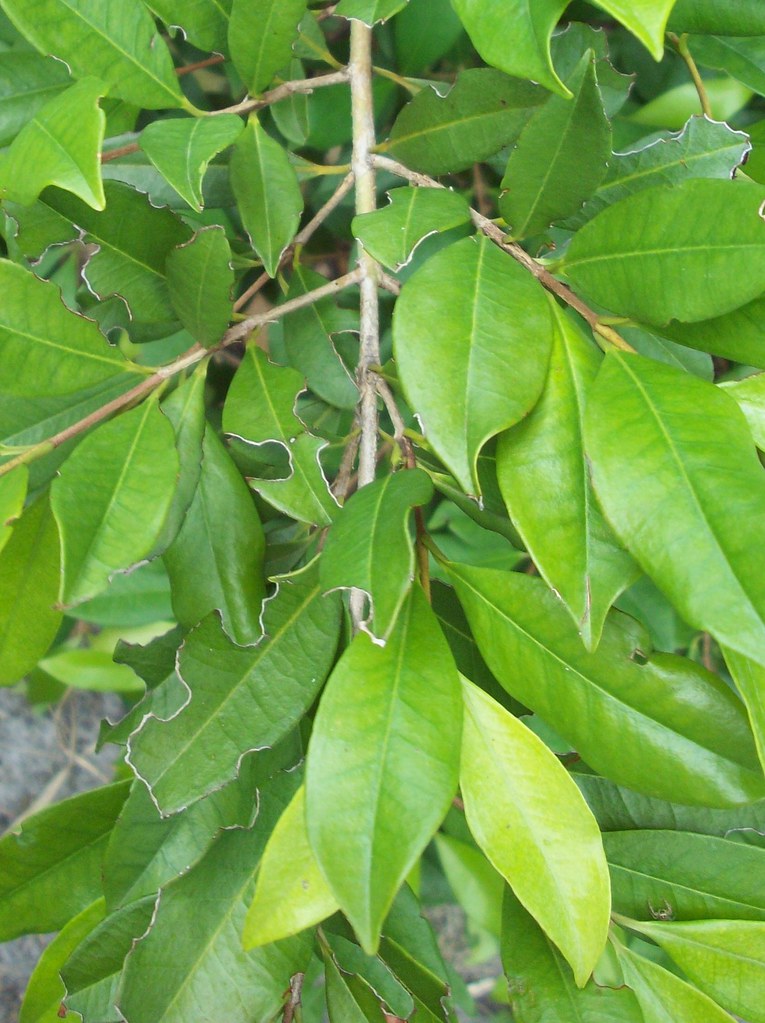
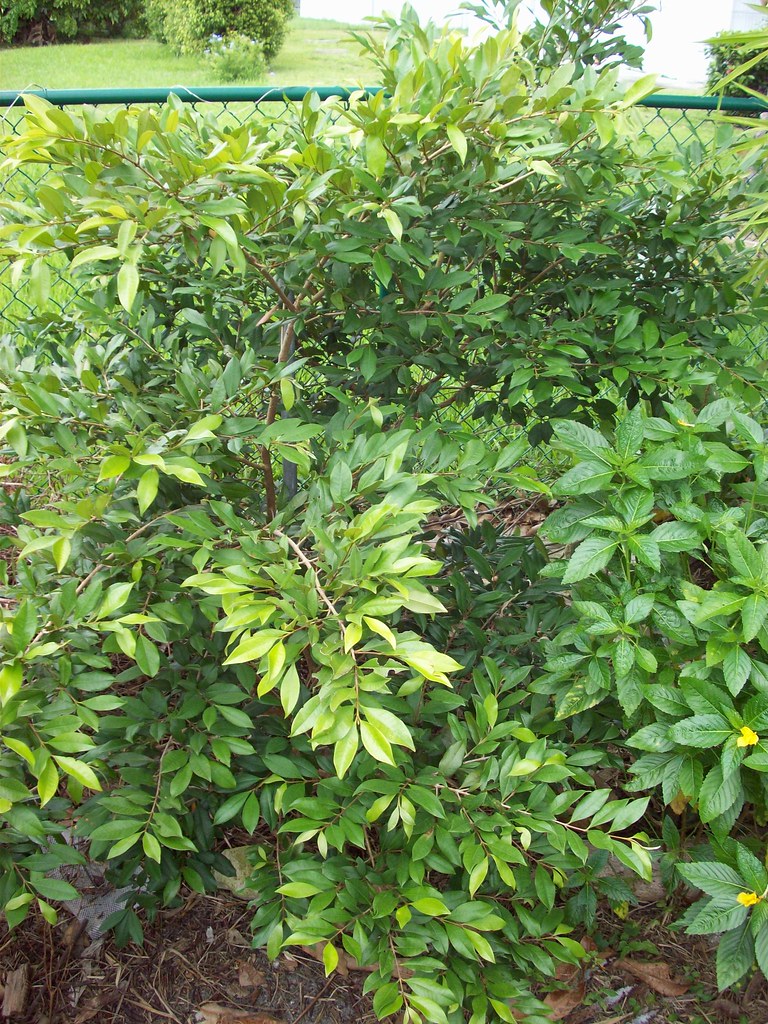
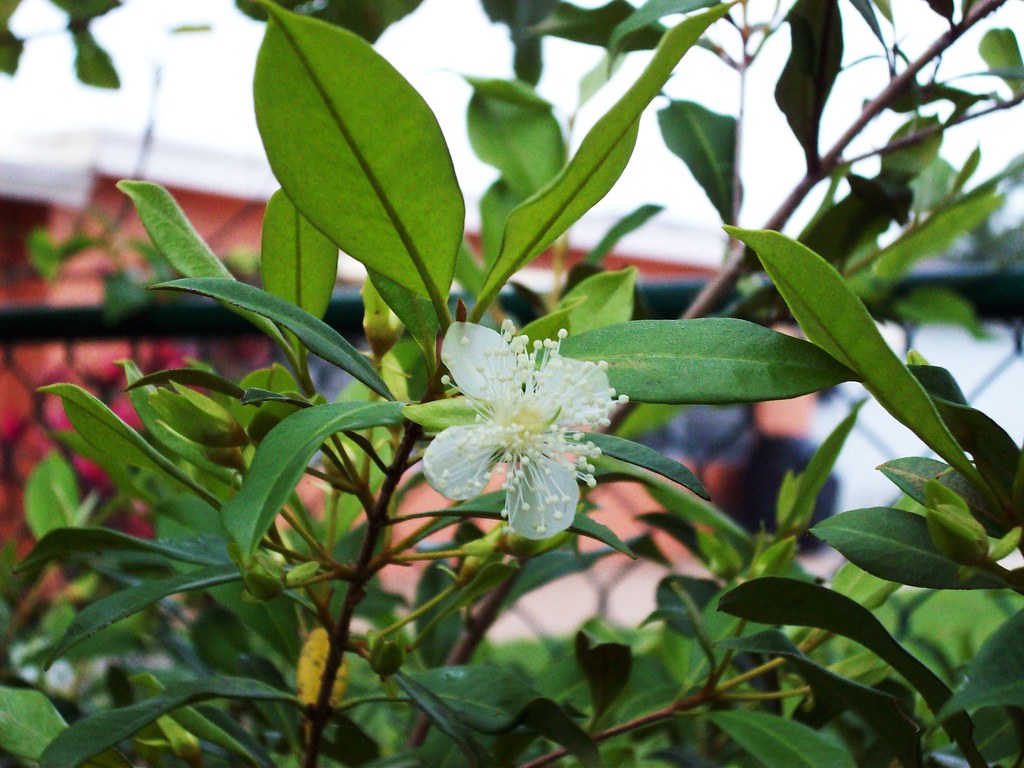
Family: Myrtaceae •
Genus: Eugenia •
Species: luschnathiana (Klotzch) •
Country of Origin: Brazil •
Common Names: Ubaias, Uvalha do Campo, Pitomba (there is some confusion with this name as it's used for
Talisia esculenta as well) •
This is the one I like the best orange fleshed and it tastes sort of like apricots. I bought this plant at a RFVC plant sale. I've had flowers but no fruit yet. It flowered twice so far this year, since I moved it to more sunlight.
Eugenia luschnathiana is a small, spreading evergreen tree or shrub which may attain a height of 25 to 30 feet. The tree has a compact growth habit with dense foliage and is quite attractive, especially when in fruit. The leathery leaves are elliptical lanceolate, about 3 inches long and are a glossy deep green color on the upper surface and light green below. The showy, white flowers, up to 1 inch across, appear from April to June.
The fruit is broadly obovoid, about an inch long, with the apex crowned by 4 or 5 green sepals, about ½ inch long. The thin skin is a bright orange yellow. The soft, melting, juicy flesh is orange in color and aromatic, sweet to sub-acid in flavor. The fruit contains 1 to several seeds attached to one side of the seed cavity. The fruit matures from May to June and sometimes there is a light crop in the fall. The pitomba usually begins fruiting in about the fourth year after planting.
excerpt from http://edis.ifas.ufl.edu/MG044
Grumichama
 first photo from http://www.hawaiifruit.net/12trees.html
first photo from http://www.hawaiifruit.net/12trees.html
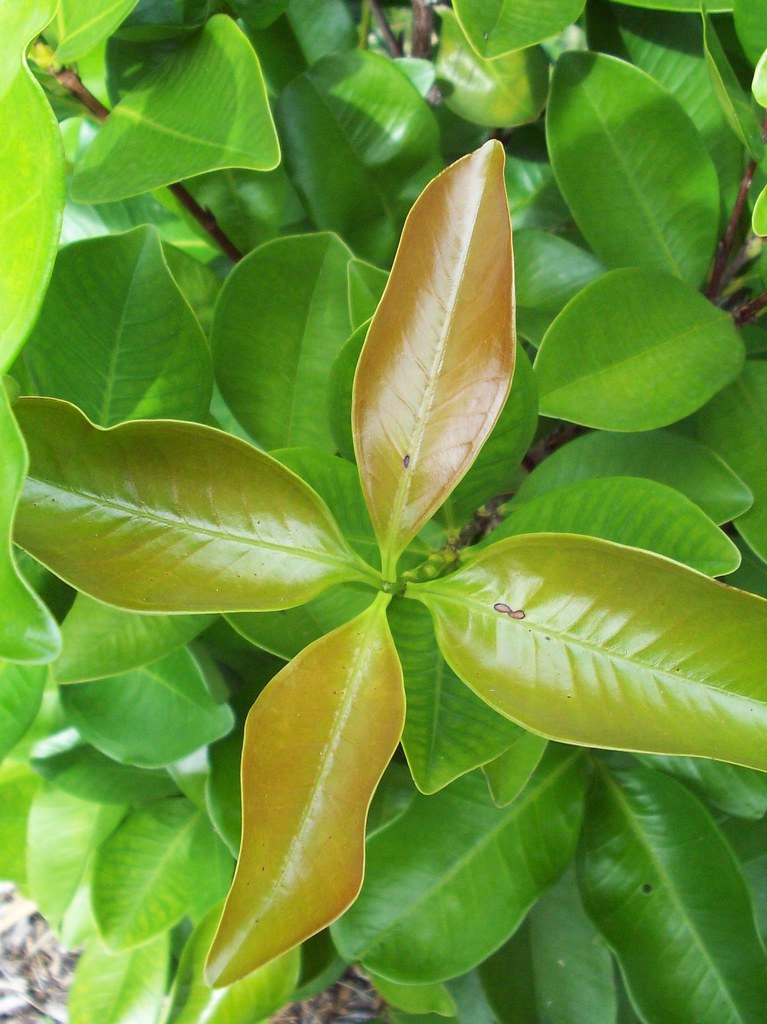
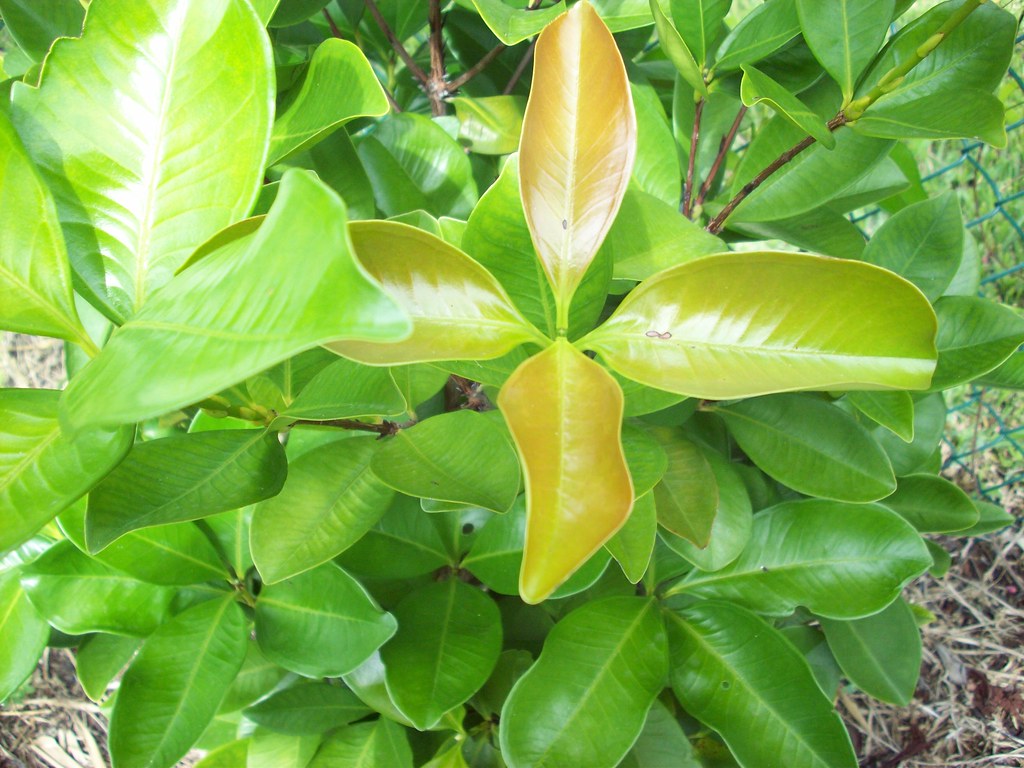
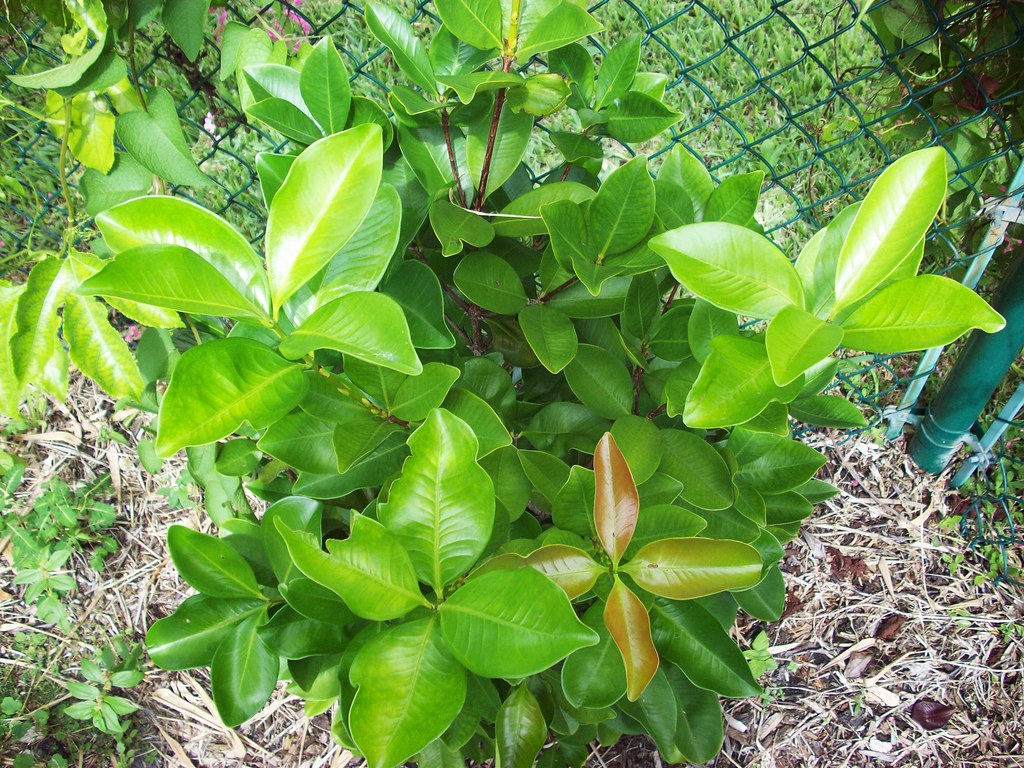
Family: Myrtaceae •
Genus: Eugenia •
Species: brasiliensis (Skeels) •
Country of Origin: Brazil •
Common Names: Grumichama •
This one I grew from seeds from the RFVC. It tastes like a cherry with hints of clove and spices.
They are all flourishing and I expect fruit this year! Everyone who tasted this at the RFVC sale this year bought a plant to take home.
Eugenia brasiliensis is a large evergreen shrub or small tree which may grow to a maximum height of 20 to 25 feet. It is very attractive in appearance with an upright, compact growth habit. The leathery leaves are oval to obovate, about 3 to 4 inches long by 2 inches wide, reddish when young, becoming glossy, deep green. The showy white flowers, up to 1 inch across, are borne in the leaf axils and are produced in large numbers on flushes of new growth in early spring.
The fruit is globose to oblate, ½ to 1 inch in diameter, has persistent green sepals at the apex and is borne on long, slender stems, often in clusters. The thin, delicate skin is scarlet to purplish black. The soft, melting flesh is sweet with an excellent flavor. The seeds are round, hemispherical, or angular, depending on the number present. The fruit matures in April to May, about a month after flowering. It takes 2 to 3 years to bear fruit from seed.
excerpt from http://edis.ifas.ufl.edu/MG044
I grow Surinam Cherry - E. uniflora as well but figured it to common to include.
I'm also germinating Pera do Campo - Eugenia klotzschiana, Pitangatuba - Eugenia neonitida and Araça-boi - Eugenia stipitata I'll add them to this post when I have them grown out!!
updated 05-31-2009

Eugenia spp. by Eric Bronson is licensed under a Creative Commons Attribution-Noncommercial-No Derivative Works 3.0 United States License.
Based on a work at www.flickr.com
Monday, May 31, 2010
Eugenia spp.
Posted by Eric Bronson at 7:00 AM
Labels: myrtaceae, tropical fruits, University of Florida
Subscribe to:
Post Comments (Atom)

3 comments:
The fruit looks really yummy--somewhat like miniature pomegranates. I find eugenia blooms beautiful, they have that wispy, feathery look. Loved the photos!
My Eugenia klotzschiana seeds were really slow germinating. Over 6 months ago I planted some E. klotzschiana seeds and half of them are sprouting. I peeked into the soil today (Oct 28) as I was repotting and found 2 more seeds with long roots but without sprouts. That's mighty slow!
Tomas
Hi Tomas,
All the Eugenia spp. you sent me are doing great!! With the exception of the E. klotzschiana they still haven't sprouted!!!! VERY slow germination!
Post a Comment